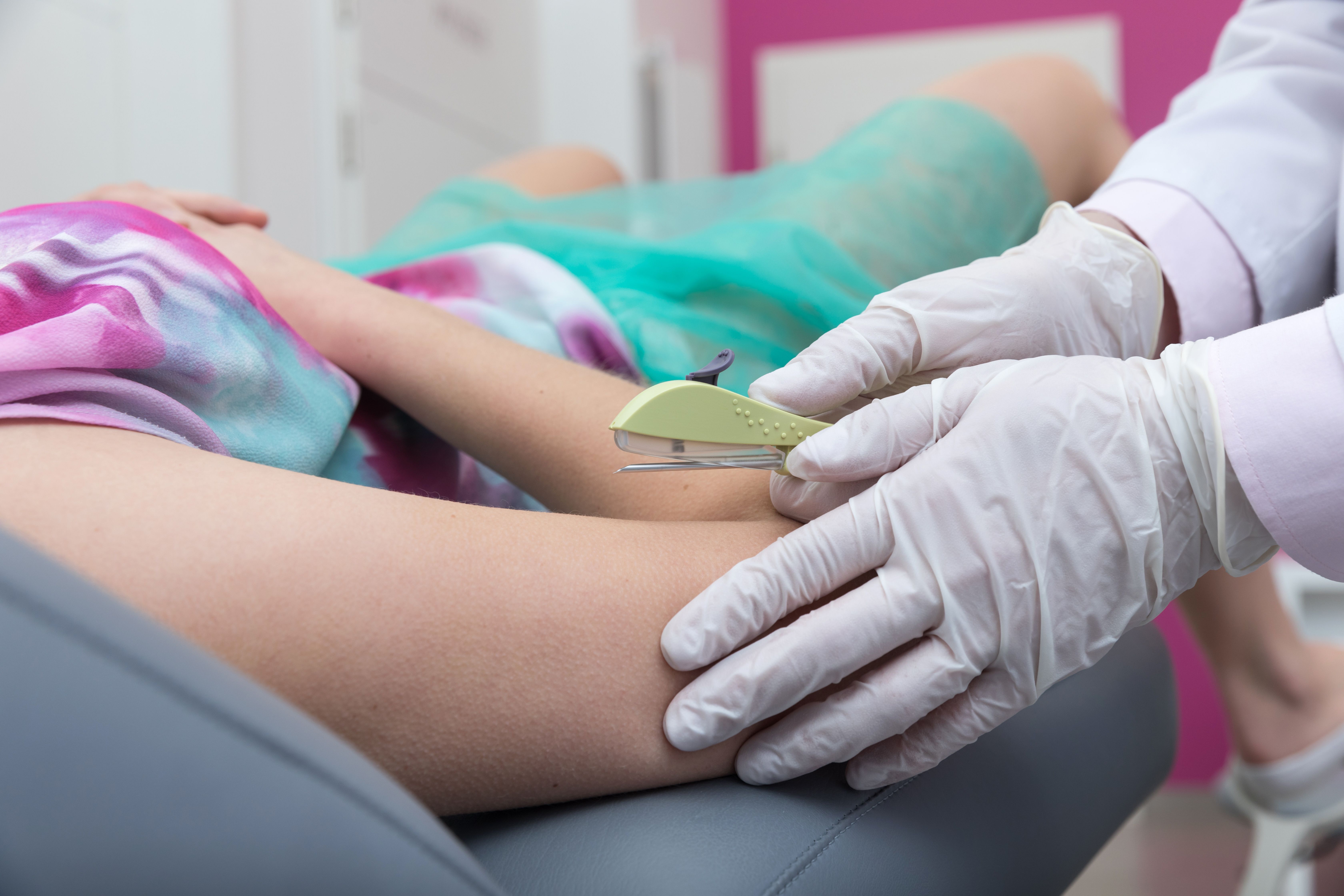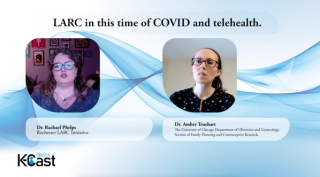
LARC
Latest News
Latest Videos
CME Content
More News

In response to the coronavirus disease 2019 pandemic, many U.S. family planning providers have started offering telemedicine services.

Awareness of most types of birth control was generally high among both white and non-white women, according to a prospective study that examined racial differences in contraceptive awareness and use among women seeking care at family health centers.

Young women have significantly better adherence to long-acting reversible contraception (LARC) than to short-acting reversible contraception (SARC) at 12 months, according to a systemic review and meta-analysis.

English-speaking women were nearly four times as likely to be offered immediate postpartum long-acting reversible contraception (LARC) than Spanish-speaking Hispanic women, according to a study in the journal Women’s Health Issues.

Ensuring access to safe and effective contraception for postpartum women is an important national goal for India because only one-quarter of the country’s postpartum population is using contraception.

The American Academy of Pediatrics has released new information to improve long-acting reversible contraception (LARC) access for teenagers.

Read about the impact when long-acting reversible contraception (LARC) was offered to teenage mothers prior to hospital discharge.
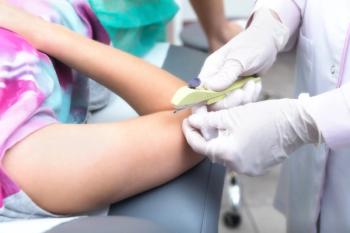
Rates of depression at 6 weeks postpartum among adolescents and young adults (AYA) were significantly lower in those initiating immediate postpartum etonogestrel (ENG) implants compared to other birth control methods, according to new research.

Nearly half of women of child-bearing age with cystic fibrosis use estrogen-containing oral contraceptive pills, followed by condoms and long-acting reversible contraceptive methods, according to a pilot study in the journal Contraception.

Long-acting reversible contraception (LARC) use among sexually active female adolescents in Rochester, New York, rose from about 4% before a local community intervention to roughly 24% after the initiative.

Both the etonogestrel (ENG)-releasing subdermal implant and a levonorgestrel-releasing intrauterine system (LNG-IUS) significantly reduce pain in women with endometriosis, according to new research.

When long-acting reversible contraception (LARC) was offered to teenage mothers prior to hospital discharge, it drastically reduced the rate of rapid repeat pregnancy, according to a study of adolescents in Indiana.
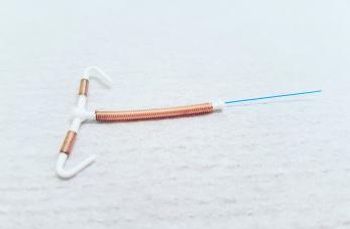
Findings from a study in The European Journal of Contraception & Reproductive Health indicate a variation in virulence among Candida species in reaction to IUD use.

Provider training boosted screening and education of teens but efforts to boost update of long-acting reversible contraception were less successful.

Awareness of intrauterine devices and contraceptive implants is high among women of reproductive age, but not as high for DMPA and oral contraceptives, according to a recent study.
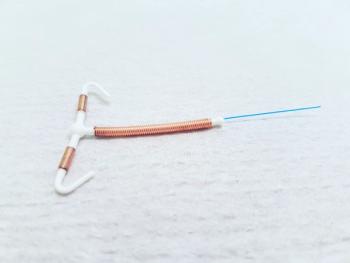
The LNG-IUS and IUD are both highly effective, but one is associated with changes in uterine artery blood flow.

Physicians and pregnant patients with OUD may have a communication disconnect when it comes to postpartum contraception counseling.

Most physicians consider the practice safe for adolescents, but a recent survey indicates there is still a training and education gap that must be filled.
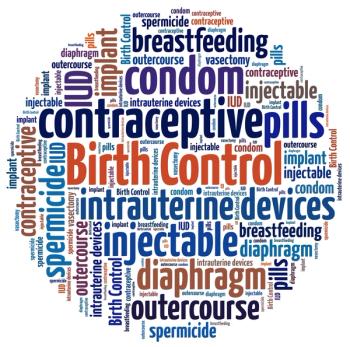
A study looks at success with IUDs and implants post-abortion.

This month’s quiz reviews two types of long-acting reversible contraception (LARC): a contraceptive implant and an intrauterine device (IUD).

Very few low-income women in Texas are receiving their desired method of contraception at their first postpartum visit, leaving them vulnerable to unintended pregnancy.

Intrauterine devices (IUDs) are a highly effective form of long-acting reversible contraception but insertion can be associated with discomfort. In a new study, researchers from Pennsylvania sought to quantify the impact of the procedure on IUD satisfaction in younger women.



